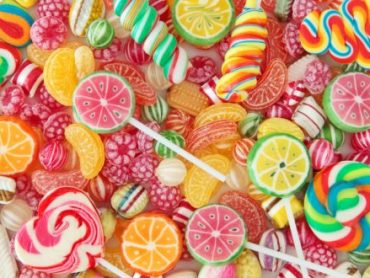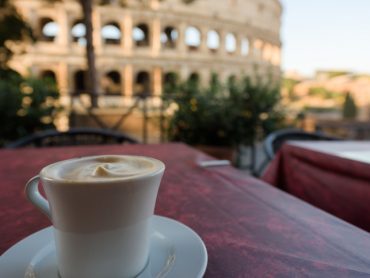In Vino Veritas XL1: Beautiful Bordeaux
I’m surprised that I haven’t Bordeaux in this series before, but now that it’s gifting season, it seems only fair that we discuss wines from perhaps the most prestigious growing region in the world (just don’t make that claim to anyone from Burgundy, Italy or NorCal).
Bordeaux wines range in price from ten dollars for table drinkers to tens of thousands of dollars for a well-aged first growth vintage. Even though these esteemed premier cru bottles are mind-blowing in flavor and complexity, Bordeaux has over 7,000 recognized chateaux, and there are many gems at the mid to low tier. With huge production spread across 60 appellations, it takes a sommelier course to learn all the intricacies of Bordeaux wines. But for the average drinker, most of that doesn’t mean anything.
Occupying the southwestern portion of France, Bordeaux is renowned for having the ‘perfect’ climate for wine – not scorching hot during the summers and just the right amount of cool Atlantic breeze. Geographically, what’s important to know is that the vineyards are clustered around the banks of two tidal rivers stemming from the Gironde estuary – the Dordogne to the north and the Garonne to the south. Estates north and east of the Dordogne on the ‘Right Bank’ tend to produce different varietals and blended wines than those on the ‘Left Bank’ to the south and west of the Garonne (and centered around the actual of Bordeaux).
Knowing the specific location of the appellation (Left Bank, Right Bank, Between Two Seas/Tides) determines will determine the dominant grape in the blend and will thus play a role in what wine you recommend to a guest. All Bordeaux wines, oaked or not, are a mix of Merlot and Cabernet Sauvignon, with nominal percentages of Cabernet Franc, Malbec and Petit Verdot thrown in for balance and a certain je ne sais quoi. Right Bank wines air towards Merlot dominance, making them softer, fruitier and easier to drink at a younger age. Left Bank bottles are primarily Cabernet Sauvignon, meaning that they are darker and heavier with sharper tannins and better suited for aging.
Bordeaux also produces white varietals, the most notable result being Sauternes dessert wine. Most of these sweet delights are comprised principally of Sémillon with Sauvignon Blanc as a minor constituent and the rare addition of Muscadelle. Outside of Sauternes, when the average person thinks of Bordeaux, his or her first thought is that of excellent tasting reds, so that is where you should focus your attention.
Beyond directing customers to a Cabernet Sauvignon or Merlot dominant bottle, there are five chateaux to commit to heart – those being the Firth Growth Bordeaux wines including Haut Brion, Lafite Rothschild, Latour, Margaux and Mouton Rothschild. While these may be the most famous, there have been many revisions of the region’s classifications to highlight other world-class estates. As such, you might also want to augment your Bordeaux lexicon by knowing a few of the more prominent appellations and communes like Barsac, Graves, Margaux (both a chateau and a growing commune), Médoc, Pauillac, Pomerol, Saint-Émilion and Sauternes (dual naming for the type of wine as well as the commune).
Once you’ve gotten used to some of the terminology, you next have to ask yourself what it means to have such prestigious wines on your menu. It’s unlikely that anyone will ever order a premier cru with a price tag of several thousand dollars, but stocking them does come with a certain badge of honor. When guests peruse the wine list and see a first growth at the top of the page, they will think, “Jeez, if this restaurant can shell out for world-class vintages like these then the food must be top notch as well!” It’s a form of vicarious status, in other words.
That, and the wines taste incredible (or else they wouldn’t be worth what they are today). So, while your pondering whether your restaurant needs a New Year’s boost of Bordeaux ‘prestige by proxy’, give some thought to gifting a bottle to one of your friends, if only to test the purple waters so to speak. And as a resolution, be sure to educate your servers on the region’s wine story because if they can get patrons excited about Bordeaux, then it’ll translate to a healthy flow of beverage revenues.
(Article by Larry Mogelonsky, published in Hotels Magazine on December 15, 2015)




